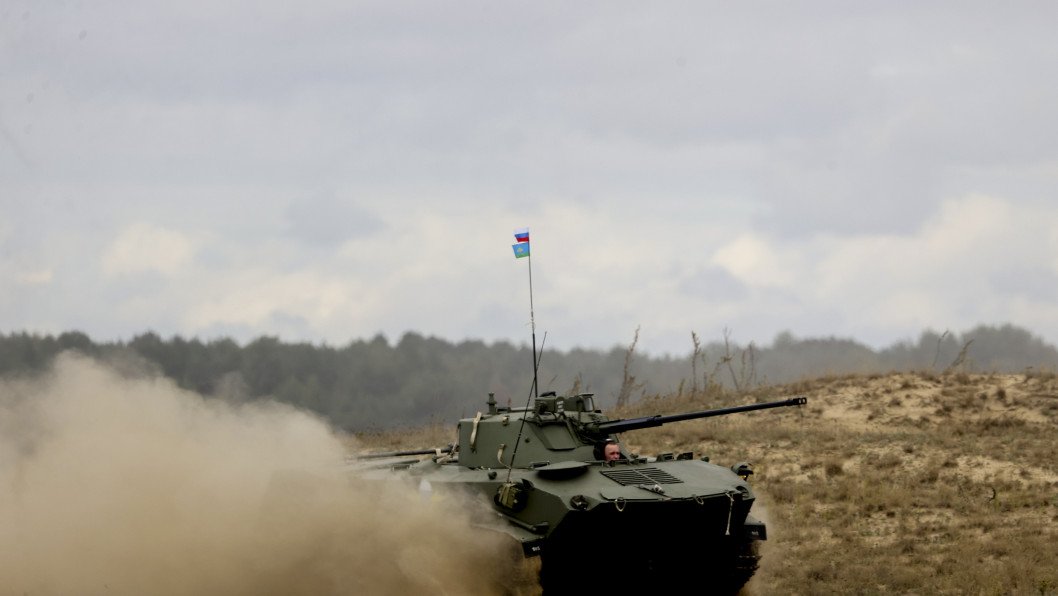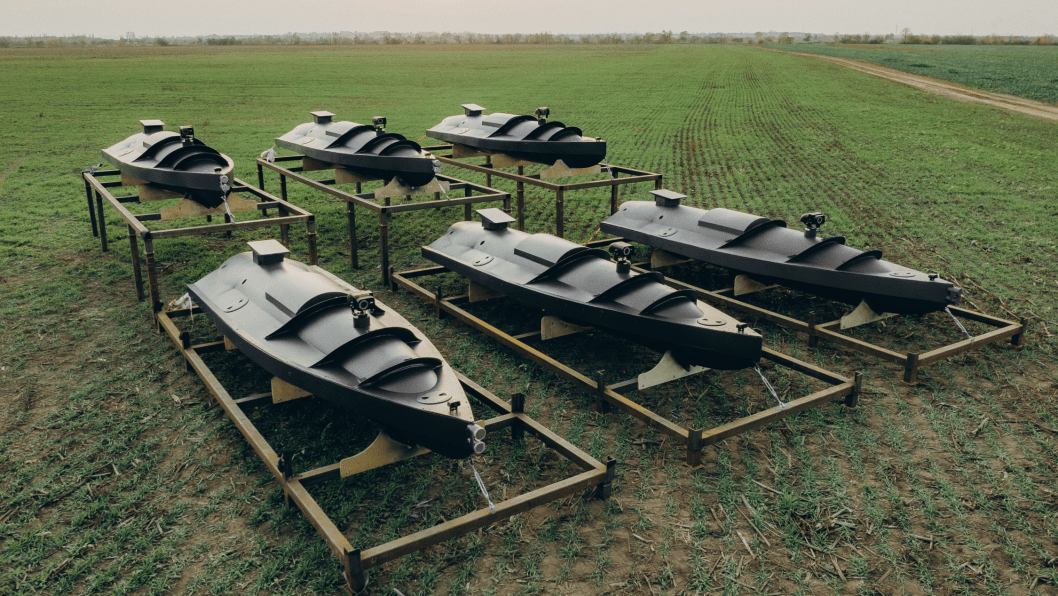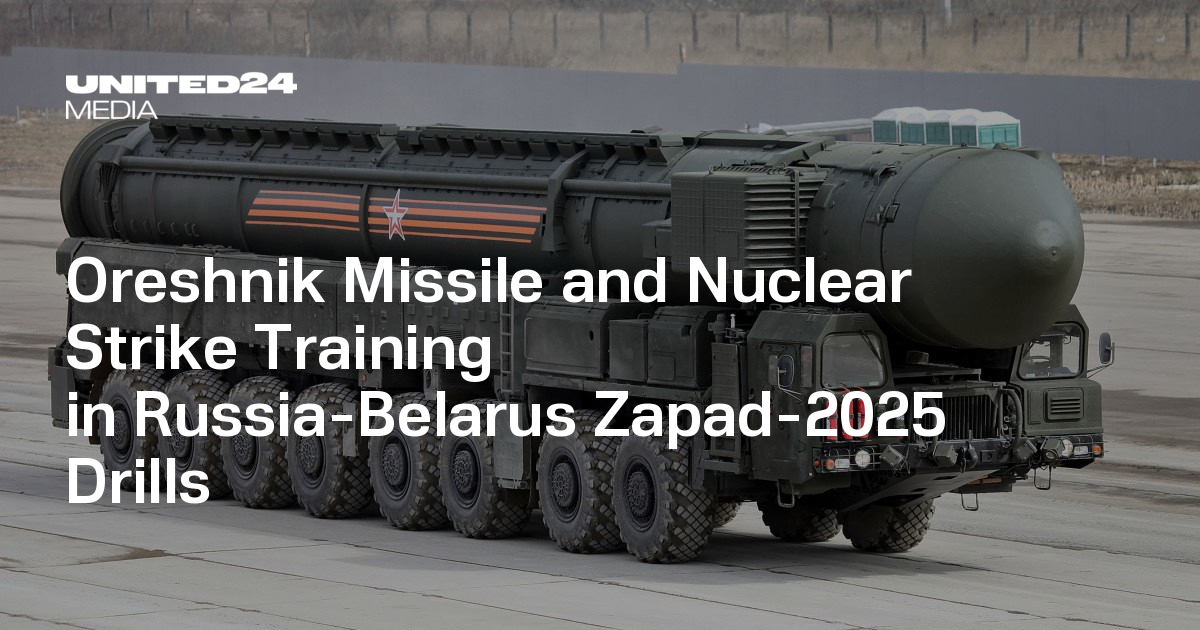On August 13, Reuters reported that the upcoming Russian-Belarusian military exercises Zapad-2025 will include simulations involving nuclear weapons and the Russian-made intermediate-range hypersonic Oreshnik missile.
Belarusian Defense Minister Viktor Khrenin confirmed that the drills, scheduled for September 12–16 in Belarus, will focus on “planning the use” of both nuclear capabilities and the Oreshnik system.
According to Khrenin, these activities are framed as part of strategic deterrence, with Belarus citing increased NATO presence near its borders as justification. He did not specify the format of the nuclear-related planning drills.
Previous large-scale Zapad exercises have had operational consequences—notably, Zapad-2021 preceded Russia’s full-scale invasion of Ukraine, with troops remaining in Belarus after the drills and launching attacks in February 2022.

Infographic on Russia’s new Oreshnik missile. (Source: Getty Images)
The Oreshnik missile, first used against Ukraine in November 2024, is classified as an intermediate-range ballistic missile with hypersonic speed. It reportedly exceeds 3,000 kilometers in range, can carry conventional or nuclear warheads, and is capable of reaching speeds up to Mach 10–11.
Its flight profile includes a depressed trajectory and unpredictable re-entry maneuvers, complicating interception by NATO air defense systems such as Patriot PAC-3, SAMP/T, or NASAMS. Russian officials claim the missile entered serial production in 2025.
From a strategic perspective, integrating Oreshnik into Zapad-2025 scenarios suggests testing both its operational readiness and joint nuclear delivery procedures. For Ukraine, the drills occur against the backdrop of continued Russian missile strikes, and for NATO members bordering Belarus, they heighten concerns of potential offensive intent.
Ukrainian border officials have confirmed the arrival of the first Russian units in Belarus ahead of Zapad-2025. Yet, they report no immediate change in the security situation while continuing to monitor movements near the border.

Ukrainian authorities continue to assess potential risks, including the possibility of Russia using Zapad-2025 for information operations or as cover for troop repositioning.
Analysts note that while the geographic focus of this year’s drills limits the immediate threat, the integration of nuclear planning and the Oreshnik missile system still warrants close surveillance of both training activities and any force deployments after the exercise concludes.
While Belarus maintains the drills are a defensive response to NATO exercises in Poland, Lithuania, and Latvia, the scale—potentially up to 150,000 troops by NATO estimates—and inclusion of strategic strike systems mark a notable escalation in regional military activity.
Earlier, on August 6, Belarus’s Ministry of Defense confirmed the arrival of the first Russian troops and military equipment for Zapad-2025.

Donate Towards Robots, as Well as Other Military Equipment and Supplies to Help Ukraine’s Defenders Fight Off Russian Invaders
Related articles
